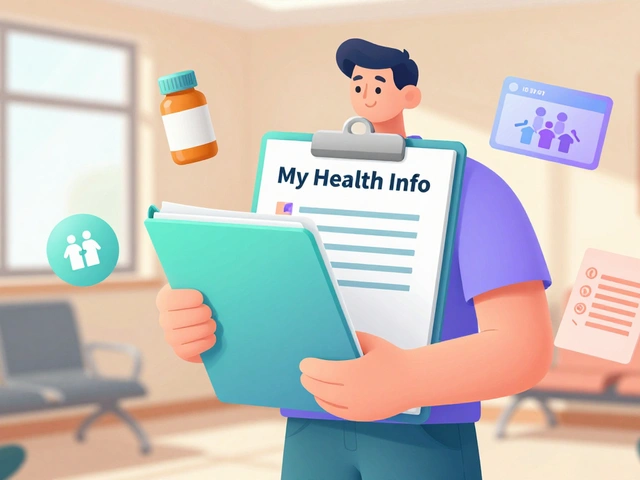Trazodone: Practical Guide for Sleep, Depression, and Safety
Want a straight answer about trazodone? This page covers what it does, when people use it, how dosing usually works, common side effects to watch for, and simple safety tips you can use right away. No technical fluff — just what you need to know.
How trazodone works & common uses
Trazodone is an antidepressant that also blocks certain serotonin receptors. That mix reduces anxiety and can help mood, and at lower doses it often causes sedation — which is why many doctors prescribe it for insomnia. People commonly take trazodone for depression, anxiety, or trouble sleeping when other options aren’t a fit.
Because it sedates, trazodone is a go-to when someone's sleep is the main issue. For mood disorders, doctors usually use higher doses. If you hear the term "SARI" (serotonin antagonist and reuptake inhibitor), that’s the drug class — but the important point is how it affects sleep and mood differently depending on dose.
Dosing, side effects and safety tips
Typical dosing: for sleep, many adults start with 25–100 mg at night. For depression, doses are often 150–300 mg per day, sometimes split across the day. Doctors tailor this based on how you respond. Don’t change dose suddenly without talking to your prescriber.
Common side effects: drowsiness, dry mouth, dizziness, and sometimes blurred vision. Orthostatic hypotension (feeling lightheaded when standing) is more likely at higher doses or in older adults — stand up slowly. A rare but serious side effect is priapism (a prolonged painful erection). If that happens, get emergency care immediately.
Watch for interactions: combining trazodone with other serotonergic drugs (SSRIs, SNRIs, triptans, tramadol, some migraine meds) raises the risk of serotonin syndrome — look for agitation, tremor, rapid heart rate, or fever. Avoid taking trazodone with MAO inhibitors. Certain antibiotics (like erythromycin) and antifungals (like ketoconazole) can raise trazodone levels via CYP3A4 — your doctor may adjust the dose.
Practical tips: take trazodone with food if it upsets your stomach and allocate time to sleep — don’t drive the first few nights until you know how it affects you. If you’re an older adult, expect a lower starting dose. If you drink alcohol, cut back — alcohol and trazodone together increase sleepiness and fall risk.
Stopping advice: don’t stop abruptly after long-term use. Your prescriber will usually taper to reduce withdrawal-like symptoms such as anxiety or sleep disruption.
If you’re pregnant, breastfeeding, or managing other health issues (like heart rhythm problems), discuss risks and alternatives with your clinician. Keep a current medication list handy at appointments so interactions don’t get missed.
Have questions about a prescription or how trazodone fits your situation? Ask your prescriber or pharmacist — and keep notes on how you sleep and feel during the first few weeks so adjustments are simpler and safer.
Recently, I came across a topic that caught my attention - Trazodone and drug testing. Many people wonder if this medication will show up on a drug test. From what I've gathered, the answer is generally no, as most standard drug tests don't screen for Trazodone. However, it's important to note that some specific tests can detect it if they're looking for this particular substance. So, if you're prescribed Trazodone, it's always best to disclose this information to the testing facility to avoid any confusion or false results.


